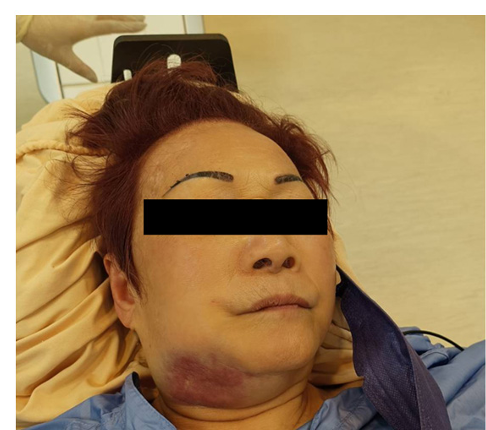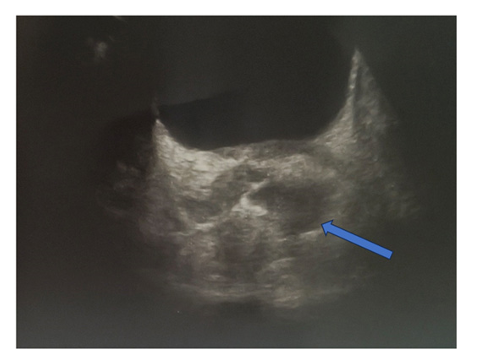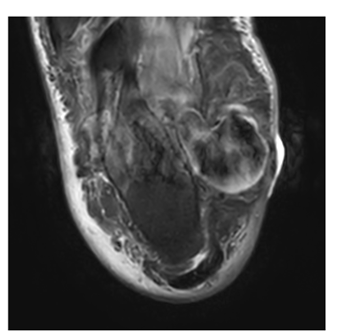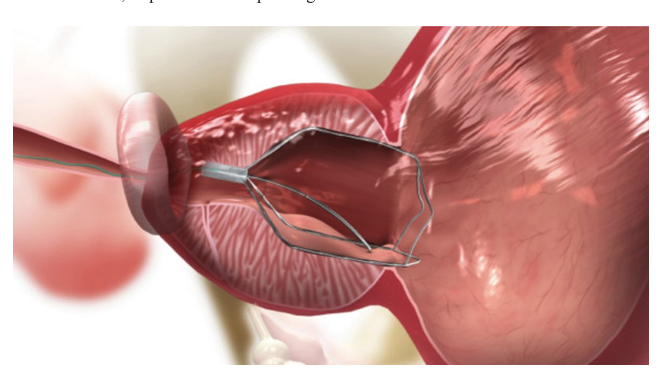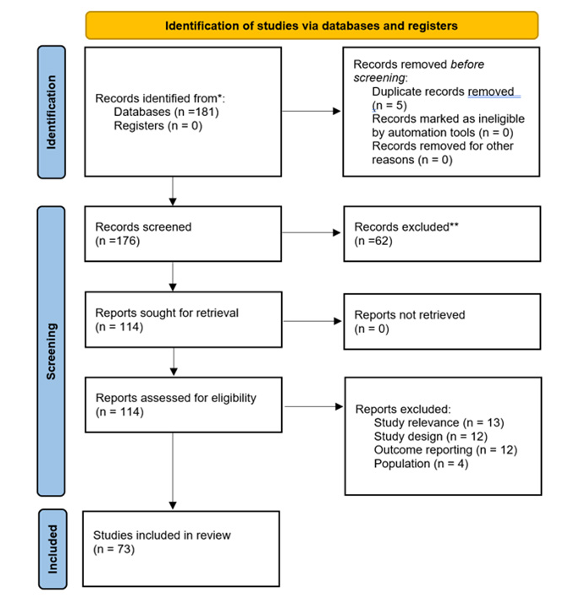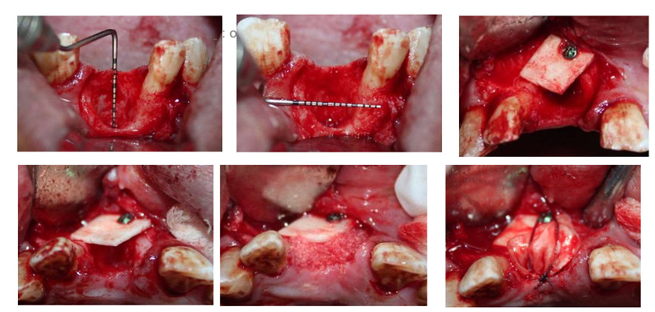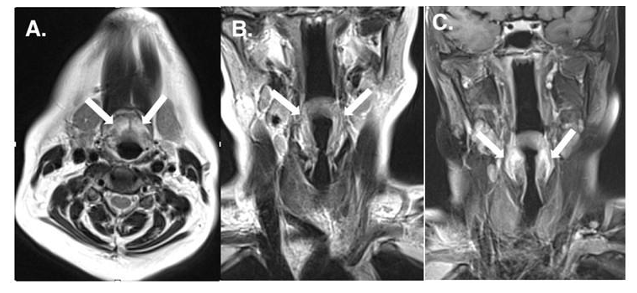
1. Abstract
Breast cancer is biologically heterogeneous; the best way to manage the disease is to have biomarkers that represent the fixed molecular phenotype of the tumor in addition to a dynamic.

1. Abstract
1.1. Background
The hiccups are caused by contractions of the diaphragm muscle, which causes the end of inspiration due to premature closure of the epiglottis. Hiccups, which also cause contraction of the intercostal muscles, are involuntary and spasmodic.
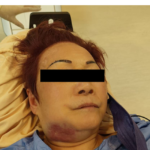
1. Abstract
An 85-year-old woman with a prior cerebrovascular accident presented with sudden right-sided weakness and aphasia (NI HSS 15). She received intravenous recombinant tissue plasminogen activator (rt-PA) followed by successful mechani.
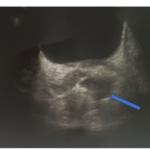
1. Abstract
1.1. Background
Seminal vesiculitis, Acute prostatitis or Prostate abscess is usually the complication of urinary tract infection. Simultaneous involvement of seminal vesicle, prostate, and liver secondary to Klebsiella pneumoniae is rare and has rarely been reported in the past as per the Pub Med search
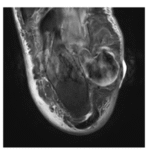
1. Abstract
We report the case of a 66-year-old Caucasian man with type 2 diabetes presented with right foot swelling and redness. He was initially managed with intravenous antibiotics for presumed cellulitis; however, there was no clinical improvement.
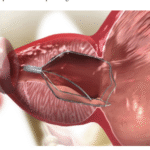
1. Abstract
1.1. Background
To present the first documented cases of using the iTind® device as a novel, minimally invasive treatment for recurrent bladder neck contracture (BNC) following transurethral resection of the prostate (TURP), and to assess its feasibility, safety, and early outcomes.
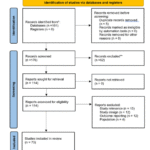
1. Introduction
Chronic wounds are a result of many causes including traumatic, pressure, surgical, and vascular wounds as well as infections, diabetes, medications and nutritional deficiencies [1].
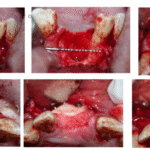
1. Abstract
Allografts, derived from donor tissue, are widely utilized in various medical fields, including orthopedics, reconstructive surgery, and organ transplantation.
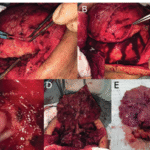
1. Abstract
1.1. Background
Sarcoidosis is a multisystem granulomatous disease of unknown etiology, which can occasionally manifest as sarcoid-like reactions in patients with a history of malignancy. These reactions may pose significant diagnostic challenges.

https://doi.org/10.47829/ACMCR.2025.15101
The neoadjuvant use of the immune check point inhibitor (ICI) pembrolizumab has significantly increased the complete pathological response (CPR) rate for early triple negative breast cancer (TNBC). However, pembrolizumab is associated with a variety of immune related adverse events (irAEs).
ACMCR Archive
Articles Published
All articles are fully peer reviewed free to access and easy to download from our Site.
Why ACMCR?
- Highly Indexed Journals
- Fast Peer-Review System
- Reprints Issued Across the World
- Timely Submission for Indexing
- Collaboration with Research Institutions
- Reprints issued accross the world
- Diverse Subject Coverage
- DOI Assignment for Every Article
- Strict Ethical Guidelines
Digital Object Identifier

Content Registration at Crossref and DOI assignment for all published articles


